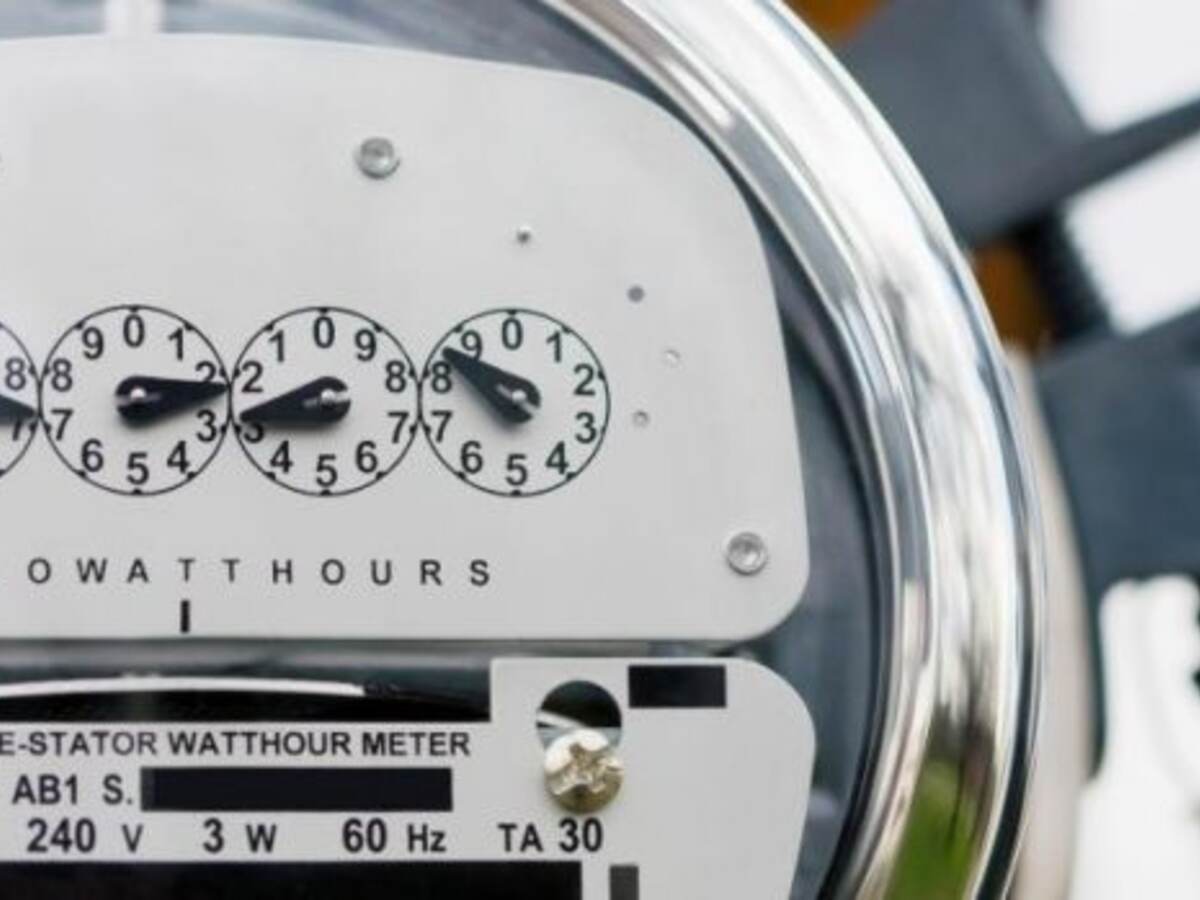October 4, 2016
Connected devices are ushering in a new age. In the electric power sector, the smart meter is the building block for realizing the benefits of the Internet of Things (IoT). More than 50 million smart meters have been installed in homes across the United States, or in about half of all existing homes. With smart meters, electric utilities are able to offer new customer services, such as dynamic pricing; the integration of new energy resources, such as microgrids and community solar power; and improved outage management and restoration.
“Today, utilities give homeowners with smart meters real-time access to their overall energy usage, making it available through personal devices,” explains William Colavecchio, UL Senior Business Development Manager. “In the future, I think you will see a meter for every single electricity-consuming device from light bulbs to appliances, so homeowners will know how much total energy they use.”
When a utility reaches its mid-day energy demand peak during the summer, this smart meter will help control additional power at the plants from firing up. Utilities now are sending a signal (with permission) to select customers to turn down or off air conditioning compressors for a short burst to reduce demand below the current generating capacity—all in an effort to make the electric grid safer, more secure, more reliable and more cost-effective.
UL works with manufacturers to make safer smart meters
Given how critical smart meter technology is for utilities, the market demand has grown substantially. As a result, many manufacturers are working hard to design, build and sell smart meters into the market. To do so successfully, a product manufacturer will need to meet an array of performance, security and safety standards as specified by the utilities that use their products, including:
- UL 2735 for electrical safety of utility meters
- ANSI C12 series for the accuracy and performance levels of electric meters
- UL 1998 for fire and shock protection of embedded programmable components
- UL 2900 series for cybersecurity assessment.
The interoperability of smart meter devices is critical to their effectiveness and ability to function as the core IoT device for electric power. Thus a relatively new standard—IEEE 2030.5—has emerged among utilities as the most relevant and applicable set of requirements to safeguard two-way communication.
Using a software-based tool, UL’s team sends IEEE 2030.5-compliant messages to the devices and captures their responses. For example, a message to turn a device off will be sent, and a technician will watch to see if an answer comes back. If it does, then UL knows the device can “speak” IEEE 2030.5 with other devices.
When device manufacturers approach UL about smart meters, they generally inquire about one standard for one product attribute. “Most often, they are concerned about a potential safety issue that could become a liability for their brand,” notes Colavecchio. “We like to help them with the necessary certifications for all of the standards that apply to all product attributes.”
UL engineers encourage manufacturers to build to market preference with utility companies. Gaining the confidence of a utility and becoming a preferred supplier means fully understanding their mission: to generate and transmit electricity as efficiently and reliably as possible.
The future of smart meters is here
UL engineers are preparing a new test environment that will monitor the effectiveness of two or more devices that can communicate with each other by monitoring the “discussion” to address device interoperability.
UL also plans to expand the lab testing offered to evaluate full systems that involve up to six devices in a chain. Technicians would insert a manufacturer’s device into the chain to see how they interact with one another. Since utilities seek to control many meters at the same time, this type of lab testing environment will simulate a real-world scenario.
The number of smart meters are expected to grow because electric utilities are able to offer customers new services such as dynamic pricing; the integration of new energy resources such as microgrids and solar power; and improved outage management and restoration. Smart meters also give added benefit to the utilities by helping them to better understand how consumers use power.

